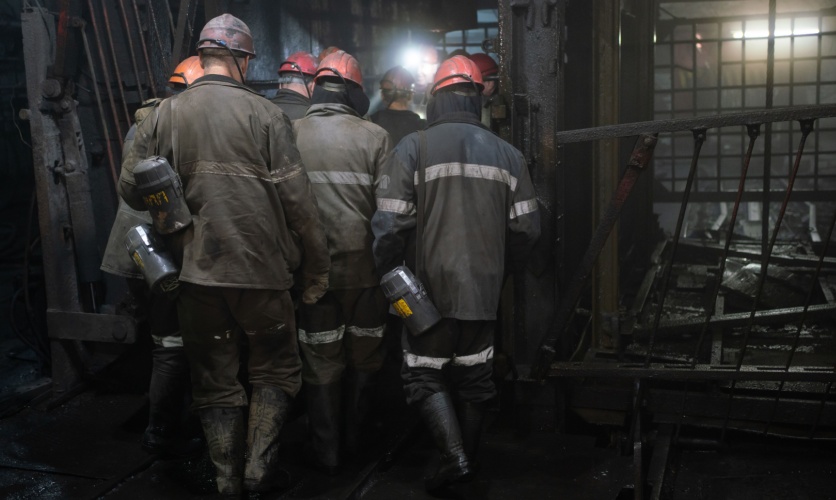DENVER — Addressing workplace mental health challenges is the missing link in many employers’ plans to tackle the physical hazards that could lead to injuries and prolonged workers compensation claims, according to a panel of health and safety experts who discussed the current state of so-called psychosocial hazards.
Among the panelists who spoke last week at Safety ’24, the American Society of Safety Professionals’ annual conference, Carrie Patterson, executive vice president of human resources consultancy Patricia Omoqui Enterprises Inc., drew a comparison between a physical injury that might keep a worker off the job 13 weeks and the compounding that happens when there’s a psychosocial or “toxic” issue in the workplace.
“You leave for six months because the work environment is so challenging for you,” said Ms. Patterson, who is based in Glastonbury, Connecticut, and provides psychological counseling to companies aiming to create positive work environments.
Panelist David Daniels, Atlanta-based president and CEO of safety consultancy ID2 Solutions LLC, called the issue of creating mentally safe work environments “seminal” to safeguarding against physical risks.
“Psychosocial hazards … are just as real as physical hazards,” he said.
Psychosocial safety “informs how workers react to things,” he said. “It informs how they respond to things. It informs how they do things, what’s important to them and what’s not.
“What we as safety professionals have done, not intentionally, is focused so much on the physical aspect of the job. It’s kind of how the law is written, right? The (Occupational Health and Safety) Act has 19,700 words or so; it mentions ‘psychological’ twice. It wasn’t built to be concerned about how people feel at work.”
Ken Clayman, McLean, Virginia-based senior lead technical specialist with business consultant Booz Allen Hamilton Holdings Corp., said companies can use the same tools they use to identify physical hazards to address those considered psychosocial.
“We’ve got pretty good mechanisms in place on how to deal with the physical hazards already; that’s what most of us are doing on a day-to-day basis. But are we really dealing with a person’s mental state or condition as a result of their work activities and the workplaces that they are attending?” he said.
“We can go around and take a look at our operations, take a look at what the people are doing, and we can identify what may be of a psychological concern, as much as we can look at what is of a physical concern. We have to start looking at the people and looking at the conditions and the environments that they’re working in.”
Kahlilah Guyah, Austin, Texas-based founder and principal consultant at EHS Compliance Services Inc., said companies’ leaders can apply some strategies that are “supportive” and “responsive” to the mental needs of their workers, a practice that can be incorporated throughout an enterprise.
One practice is to support workers emotionally, “indicating that we are here and we care about the people,” she said. “This is where we set the example.”









